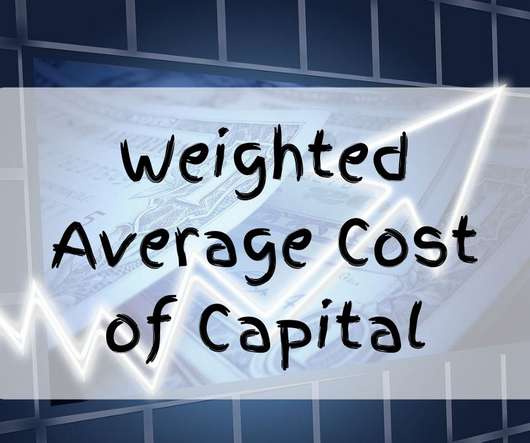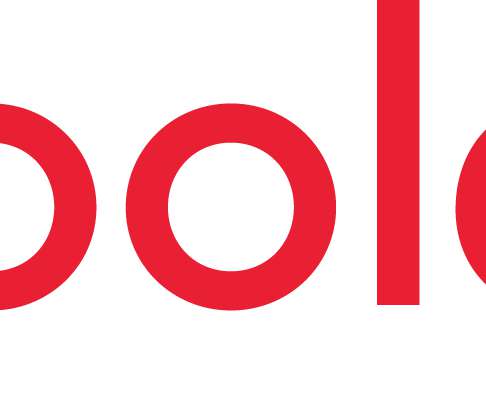How ESG Ratings Can Affect a Firm’s Cost of Equity
Reynolds Holding
AUGUST 2, 2023
2019) , for example, strong ESG performance correlates positively with higher equity returns and a reduction in downside risk. In a new paper, we address the impact of ESG ratings on a firm’s financial performance by studying how those ratings affect the cost of equity (COE). The Journal of Finance 74 (6), 2789–2837.


















Let's personalize your content